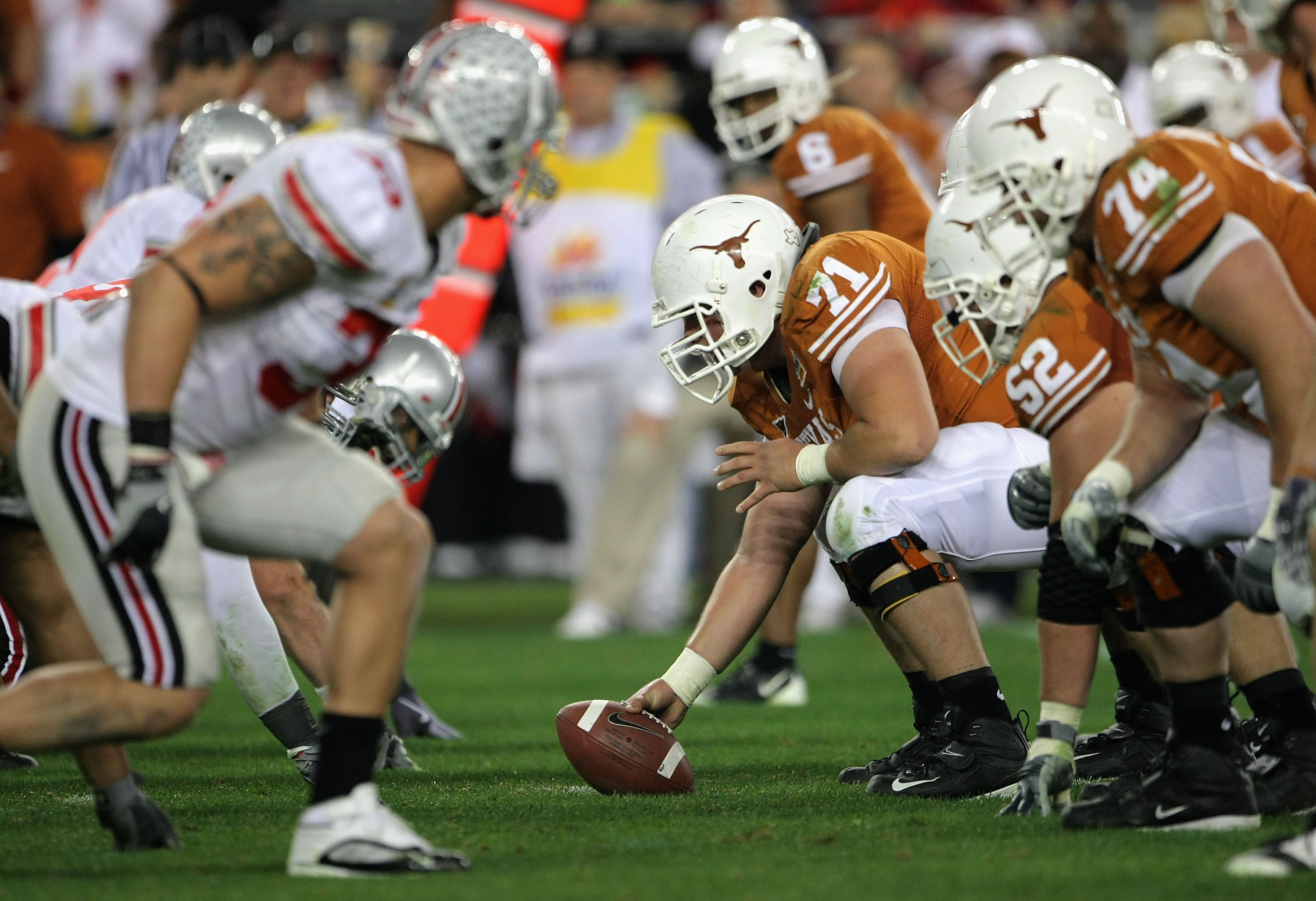
The nearly $2.8 billion settlement that has been approved by the NCAA and the nation's five largest conferences is a historic step toward a more professional model for college sports.
The plan, which still needs approval from plaintiffs and a federal judge, calls for paying damages to thousands of former and current college athletes who say now-defunct NCAA rules prevented them from earning endorsement money.
It also calls for setting up a first-of-its-kind revenue-sharing system for college athletes, which will impact hundreds of schools across the country as early as fall 2025.
The key takeaways:
WHO GETS PAID NOW?
Under the settlement, $2.77 billion in damages will be paid over 10 years for approximately 14,000 claims dating to 2016. The original plaintiffs included former Arizona State swimmer Grant House and current TCU basketball player Sedona Prince.
Determining how much each athlete gets is a question that will take months to figure out and involve attorneys, the judge and a formula assessing what they are owed.
NCAAF
WHO GETS PAID LATER?
The Big Ten, Big 12, ACC and SEC will be making the largest investment going forward because the settlement includes a proposed revenue-sharing system that will allow schools to commit up to $21 million per year to be paid directly to athletes. The overall commitment, including damages, is expected to be about $300 million per school (there are 69 in all) over 10 years.
Get a weekly recap of the latest San Francisco Bay Area housing news. >Sign up for NBC Bay Area’s Housing Deconstructed newsletter.
How that will work is a major question that will take time for schools and conferences to work out. NCAA rules will likely need to be re-written. Schools do not have to make the financial commitment, but not doing so could result in a competitive disadvantage.
WHO IS PAYING?
The NCAA will cover 41% of the $2.77 billion total, with the biggest Division I conferences (the ACC, Big Ten, Big 12, Pac-12 and Southeastern) accounting for 24% and the other five major college football conferences (American Athletic, Mid-American, Conference USA, Mountain West ands Sun Belt) covering 10%.
Conferences that compete in the second tier of Division I football, the Championship Subdivision, would cover about 14% and the non-football D-I conferences would be on the hook for 12%.
Reduced spending, insurance and reserve funds from the NCAA are expected to cover about $1.2 billion and the rest will be money that would normally be distributed to 352 Division I schools but instead will be withheld.
Many smaller schools are worried about the loss of that NCAA money on their budgets.
ROSTERS AND SCHOLARSHIPS
One change that could have the most noticeable impact on the field is a switch from the NCAA's traditional scholarship limits to using roster size to determine how many athletes a school can have for a particular sport.
That could allow the wealthiest schools to provide financial benefits to even more athletes than they already do, trying to gain a competitive advantage. It could also push schools to be more deliberate in deciding how much to invest in certain sports.



